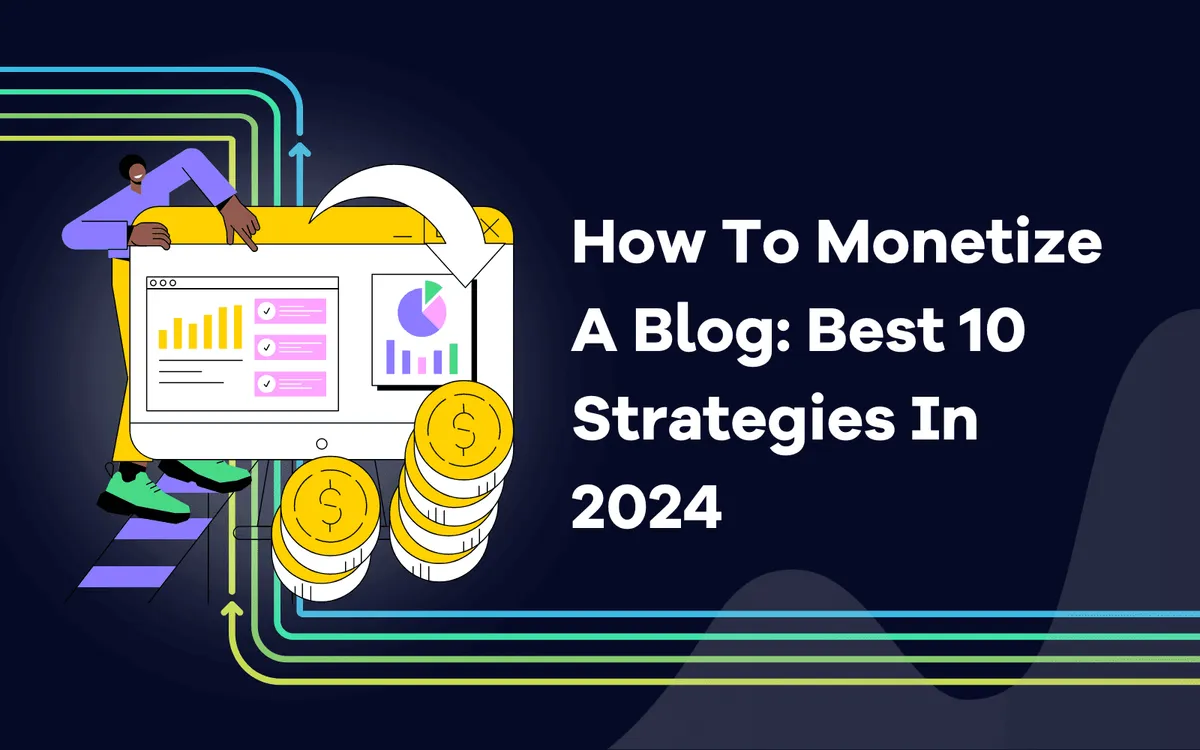
How To Monetize A Blog: Best 10 Strategies In 2024

Erik Emanuelli
March 4, 2024
Unveil the top 10 proven strategies to monetize your blog effectively in 2024. Maximize revenue with actionable insights and innovative approaches.
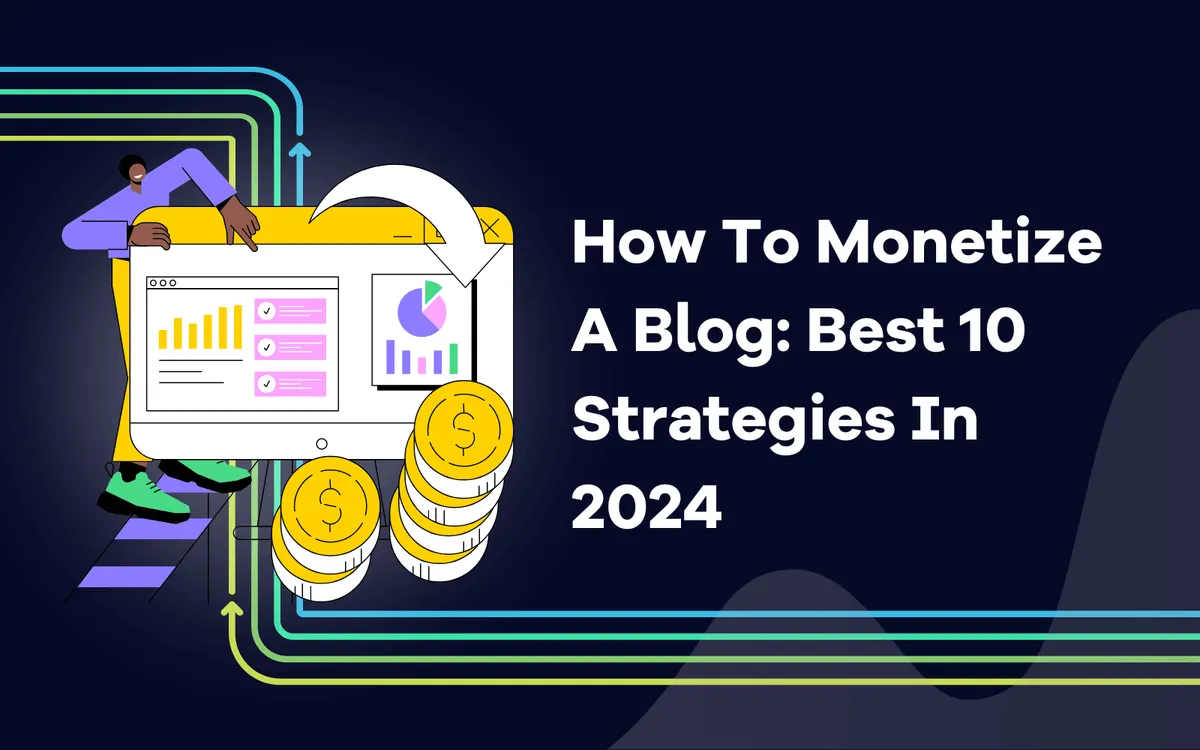
Blogging is no longer just a hobby; it's potentially a business.
Monetizing your content may look like a labyrinth of possibilities, but with the right strategy, you can turn your writing interests into revenue streams. Knowing the smartest routes to profitability is key whether you have been blogging for years or are just starting.
This comprehensive guide is designed for site owners, digital marketers, and content creators looking to maximize their income. Here are the top ten monetization strategies in 2024, with practical examples, suggestions based on experience, and tools for success.
#1. Ad Revenue
Ad revenue is one of the most popular ways to monetize a blog. Simplicity is its greatest strength.
You sign up with an ad network, insert a few lines of code on your site, and you're set to start earning based on the number of ad impressions or clicks.
Pros of Ad Revenue
Passive Income. Once set up, most of the work is done for you (you just need to publish more content).
Scalability. Your earnings can grow with your traffic (and interaction with your audience).
Easy to Implement. Even beginners can integrate ads into their blogs (must meet specific criteria, depending on the ads platform chosen).
Cons of Ad Revenue
User Experience Impact. Too many ads can drive users away.
High Traffic Requirement. It's not very profitable without a substantial audience (usually, income grows as the visitors increase).
Intrusiveness: Not all ads feel native to a blog's content, which can detract from the reader's experience (consider sticking to your niche).
Example: Google AdSense is the largest contextual ad network and a common choice for new bloggers.
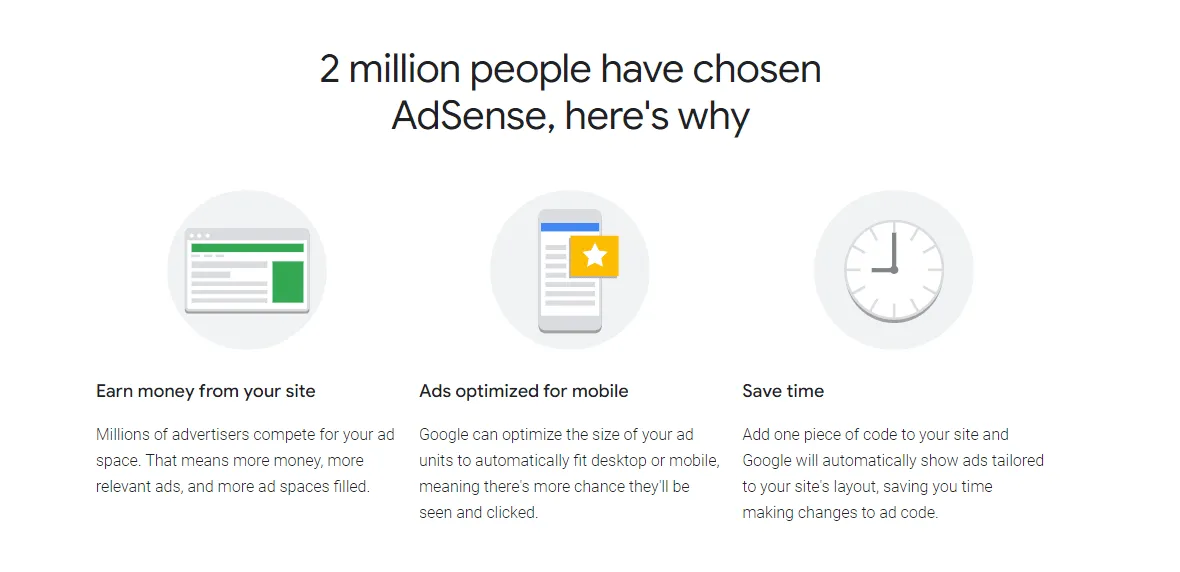
Tools: For a more comprehensive solution, look into ad management platforms like AdThrive and Mediavine for improved control and customization.
#2. Affiliate Marketing
Affiliate marketing involves promoting products or services and earning a commission for every sale made through a unique affiliate link.
It's an effective way to monetize because you can choose products relevant to your content and audience.
Pros of Affiliate Marketing
Relevance Leads to Higher Conversion Rates. If you align with products your audience is interested in, you're more likely to make sales (consider reviewing services or products, based on real experience).
Unlimited Earning Potential. There's no cap on the amount you can earn (based on traffic and user engagement).
Broad Product Range. Almost any product can have an affiliate program, giving you many options (stick to quality referral programs).
Cons of Affiliate Marketing
Income Instability. Your income can fluctuate depending on your success in promoting products (and on your organic traffic).
Learning Curve. Effective affiliate marketing involves understanding digital marketing and sales tactics.
Trust Concerns. Over-promotion can break the trust of your audience (avoid this at all costs).
Example: The Amazon Associates program is one of the largest and offers a vast array of products to promote.
Tools: Affiliate networks like ShareASale and CJ Affiliate can help you find products to promote through your blog. For instance, ModestMoney writes in this post about the Take Profit Trader promo code, that visitors can use to get a discount upon the subscription of the service.
#3. Sponsored Content
Sponsored content involves being paid to write a blog post about a company's products or services.
It’s a direct approach, and payment can range from a flat fee to a commission on sales generated by the post.
Pros of Sponsored Content
Higher Pay Per Action. Sponsored posts can bring in more revenue for a single piece of content compared to ads or affiliate sales.
Direct Line to Advertiser. You have full control over the content of the advertisement.
Potential for High-Profile Partnerships. With a strong blog, you could work with major brands for significant fees (be sure to stick to your industry).
Cons of Sponsored Content
Content Limitation. Advertisers may have specific requirements that could limit your creativity or editorial freedom.
Audience Trust Risk. Promoting products too often can damage the trust you’ve built with your audience (don't oversell your site).
Relevancy Concerns. Being selective about sponsor partnerships is crucial to maintaining audience interest and trust.
Example: A fitness influencer might be paid by a protein bar company to write a blog post about the benefits of their products.
Tools: Platforms like Cooperatize and Getfluence can match you with brands looking for sponsored content opportunities.
Remember to label your content as sponsored to notify your visitors, as indicated by Google.
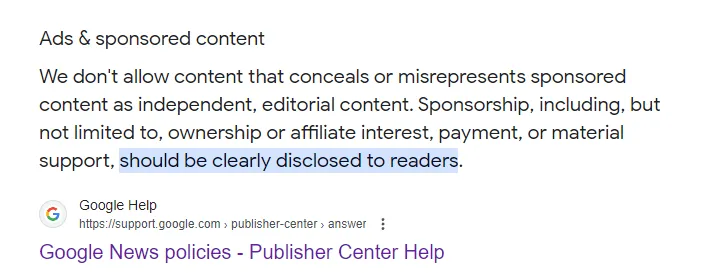
#4. Digital Products
Creating and selling your digital products is an excellent way to monetize because it taps into your expertise and brand.
Ebooks, courses, and resources tailored to your audience’s interests are all examples of digital products.
Pros of Digital Products
High Margins. Once created, the cost to produce and distribute digital products is minimal.
Brand Building. It helps position you as an authority figure within your niche (create something that satisfies your audience's needs).
Easy Distribution. Digital products can be distributed instantly, simplifying the user experience.
Cons of Digital Products
Development Time. Depending on the complexity, creating digital products can be time-consuming (consider hiring some help from virtual assistants).
Market Saturation. Some niches may be saturated with competitors offering similar products.
Technical Challenges. Dealing with website crashes or file delivery issues can frustrate customers.
Example: A successful recipe blogger could create an eCookbook of their most popular recipes.
Tools: Look into platforms like Gumroad for easily selling digital products directly from your website.
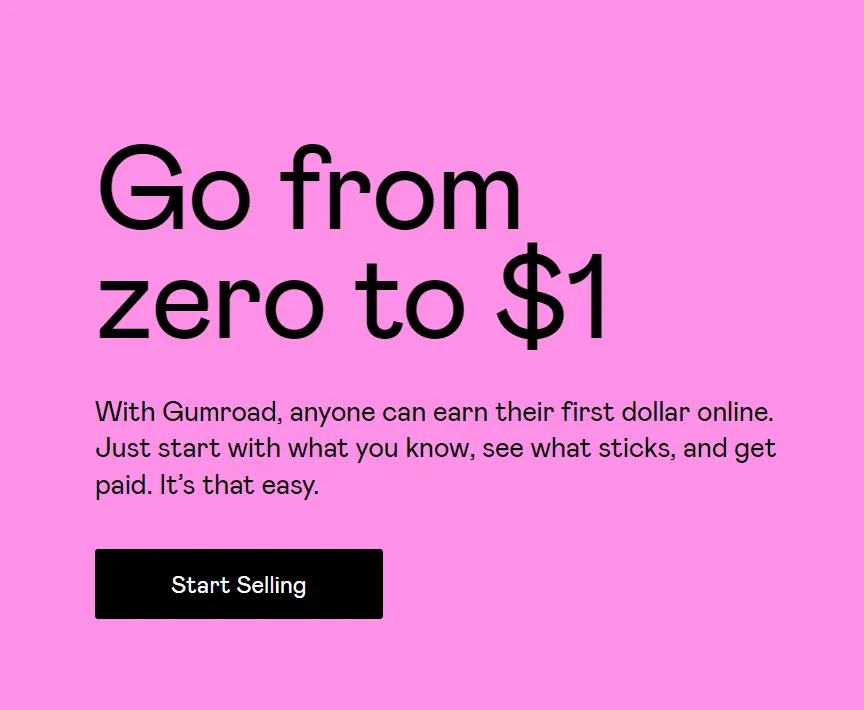
#5. Physical Products
For bloggers with a more established brand, selling physical products can be lucrative. This could range from branded merchandise to products directly related to your blog’s focus.
Pros of Physical Products
Tangible Brand Association. Customers can form a tangible connection to your brand through physical products.
Additional Revenue Streams. Physical products can complement other monetization strategies.
Scarcity and Urgency. Limited edition runs can create a sense of urgency that drives sales.
Cons of Physical Products
Inventory Management. If you’re selling items like t-shirts, you need to manage inventory.
Logistics. Shipping and handling can be complex if you’re not using a third-party service.
Cost. The initial investment in physical products is usually higher than in digital products.
Example: A pet blogger might sell custom-designed pet accessories like collars and bowls.
Tools: Consider using services like Printful for print-on-demand merchandise or Shopify for a full e-commerce solution.
#6. Membership Sites
Membership sites offer exclusive content or community access to paying members. This can provide a recurring revenue stream and deepen the engagement with your most loyal readers.
Pros of Membership Sites
Recurring Revenue. Once members subscribe, you have a consistent income.
Community Building. You can create a tight-knit community around your blog, increasing the value for your members.
Exclusivity. Premium content or resources can’t be accessed by non-members, which can drive membership sign-ups.
Cons of Membership Sites
Content Creation Pressure. You may feel pressure to continually produce new, unique, and valuable content for paying members.
Membership Management. Administrating member-only content can become complex as your membership base grows.
Convincing Users to Pay. It can be a challenge to convince users to subscribe to exclusive content when so much is available for free.
Example: A podcast blogger could offer behind-the-scenes clips and additional interviews for members who subscribe.
Tools: Platforms like Memberful and Patreon can help you set up membership features on your blog.
#7. Digital Subscription
Similar to membership sites, digital subscriptions offer access to a specific type of content or service for a fee, which can be billed on a monthly or yearly basis.
Pros of Digital Subscriptions
Recurring Revenue. Subscription income is predictable and builds over time.
Value-Added Services. Customers are often willing to pay for convenience or additional services.
Scalability. Once set up, the incremental cost of each new subscriber is low.
Cons of Digital Subscriptions
Content Development Cost. High-quality content or service development can be expensive.
Market Saturation. Some niches may have many subscription options, and standing out can be difficult.
Customer Churn. It can be challenging to retain subscribers over the long term.
Example: A news blogger could charge a subscription to access in-depth analysis and opinion pieces.
Tools: Services like MemberPress and Subbly can help manage digital subscriptions on your blog.
#8. Consultation Services
If you possess expertise in your blogging niche, offering one-on-one consultation services can be an attractive revenue stream. You can provide personalized advice, coaching, or problem-solving for your readers.
Pros of Consultation Services
High Value Per Customer. Consultation services can command high fees for your expert time.
Direct Revenue. You get paid directly for your time and expertise.
Relationship Building. You can form stronger connections with your audience through one-on-one consultations.
Cons of Consultation Services
Time-Intensive. Providing services one-on-one can be time-consuming.
Limited Scalability. You only have so many hours in the day, which limits your earning potential.
Varied Customer Experience. Different customers may have vastly different experiences and expectations.
Example: A marketing blogger could offer digital strategy consultations.
Tools: Use tools like Calendly to manage appointments and Stripe for payment processing.
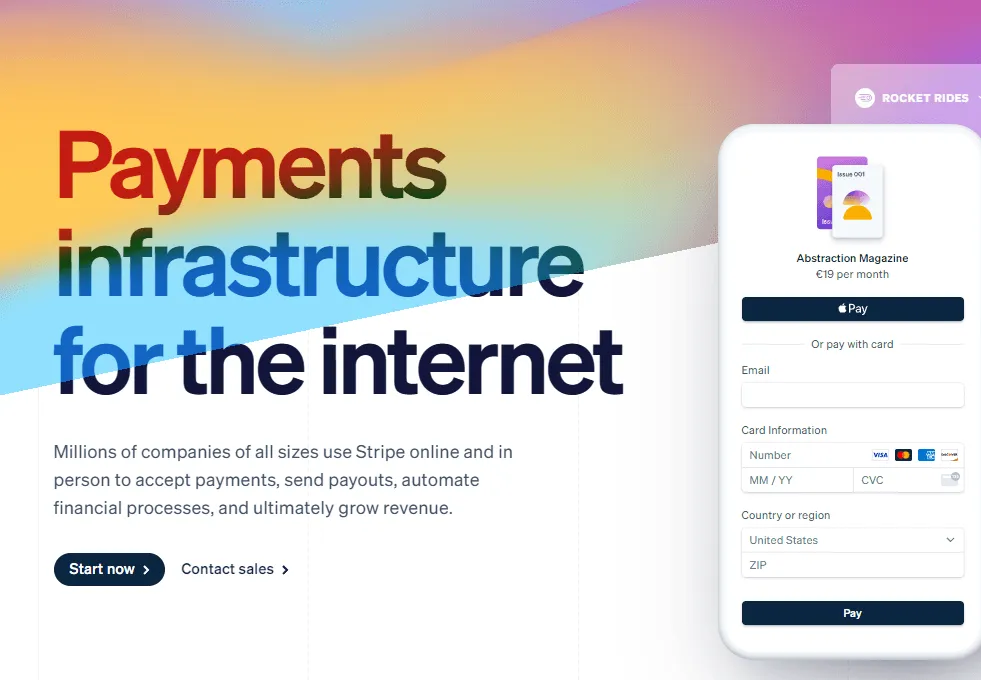
#9. Speaking Engagements
If your blog has garnered public interest or you’ve become an authority figure in a particular subject, speaking engagements can be a lucrative opportunity. You can speak at events, and webinars, or even set up your own paid virtual summits.
Pros of Speaking Engagements
Prestige Building. Speaking engagements can enhance your brand and reputation.
Direct Revenue. You can earn considerable fees for speaking engagements.
Networking. Speaking at events can lead to valuable connections and future opportunities.
Cons of Speaking Engagements
Location and Travel Limitations. Physical events can be limiting or require travel.
Public Speaking Skills Needed. Engaging an audience effectively is a skill that not all bloggers may have initially.
Varied Audience. Different events may have different audience demographics, making it harder to craft a consistent message across multiple events.
Example: A lifestyle blogger could speak at wellness retreats on how to maintain a balanced life.
Tools: For virtual speaking gigs, use platforms like Zoom or WebinarNinja for hassle-free hosting.
#10. Donations
Monetizing through donations can be as simple as including a ‘Buy Me A Coffee’ button on your blog or setting up a Patreon account. It’s a way for your audience to support your work voluntarily.
Pros of Donations
Easy Setup. Setting up donations on your blog is usually straightforward.
Support from Loyal Fans. Donations can feel less intrusive than other monetization methods and are often given by your most loyal readers.
Supplementary Income. Donations can be a nice addition to other revenue streams without detracting from them.
Cons of Donations
Lack of Predictability. Income from donations can be unpredictable, which might make it hard to rely on as a primary income source.
Charity vs. Value Perception. Some readers may view donations as charity rather than a payment for value, which could impact their amount and frequency.
Potential for Negative Audience Feedback. Some users might not like the idea of donating and can voice their opinions negatively.
Example: A tech blogger could accept donations to fund the cost of equipment or to support the production of videos.
Tools: Services like Ko-fi and Buy Me A Coffee are platforms specifically designed for content creators to receive donations.
Final Words
Which of these blog monetization strategies is right for you? That depends on your niche, your audience, and your content.
Experiment with different methods, and don't be afraid to combine strategies to diversify your income and make the most of your blogging efforts.
Remember, patience and a willingness to adapt to new trends and technologies are key to long-term blogging success.
Related blog posts

AI Overviews Are Taking Over SERPs
From traffic drops to decreasing CTRs, AI Overviews are shaking up SEO. Learn what is happening and how AccuRanker helps you track AIO.
25 June 2025
How AccuRanker’s AI Models Fix Inaccurate SEO Data
Struggling with unreliable SEO data? Discover how AccuRanker’s CTR, Search Intent, Search Volume, and Share of Voice deliver accurate insights.
1 June 2025
Why Your CTR Model Is Betraying You
The static CTR model relies on outdated averages. Learn more about how AccuRanker's dynamic CTR model helps you prioritize your SEO efforts.
13 May 2025



